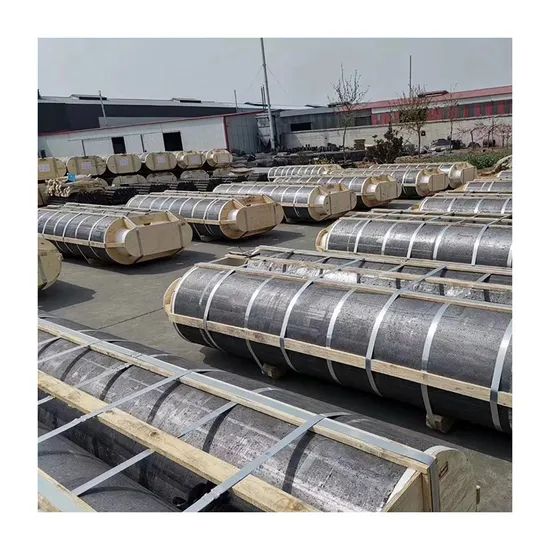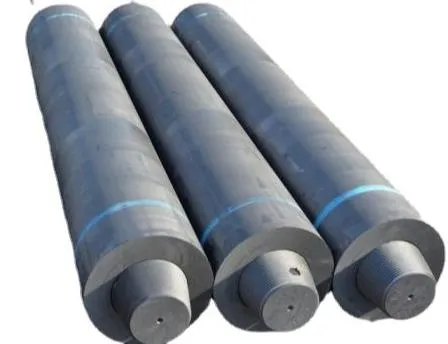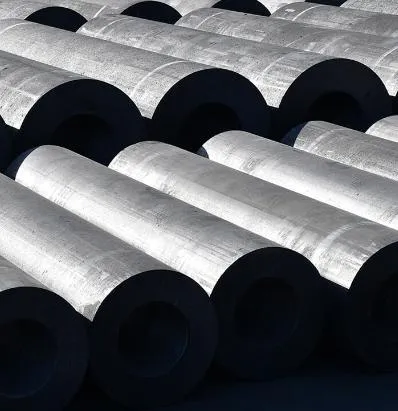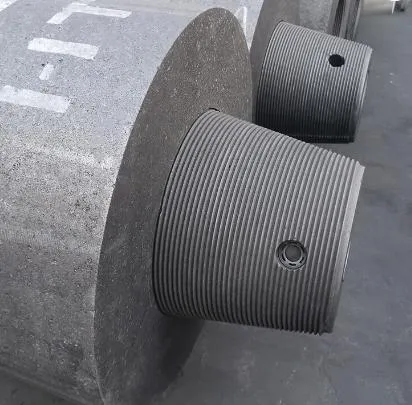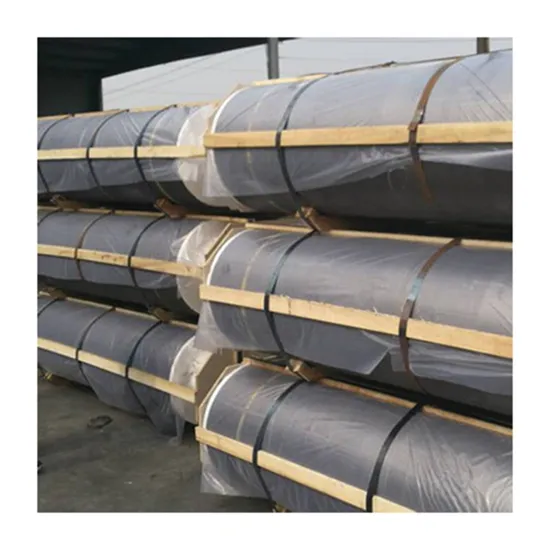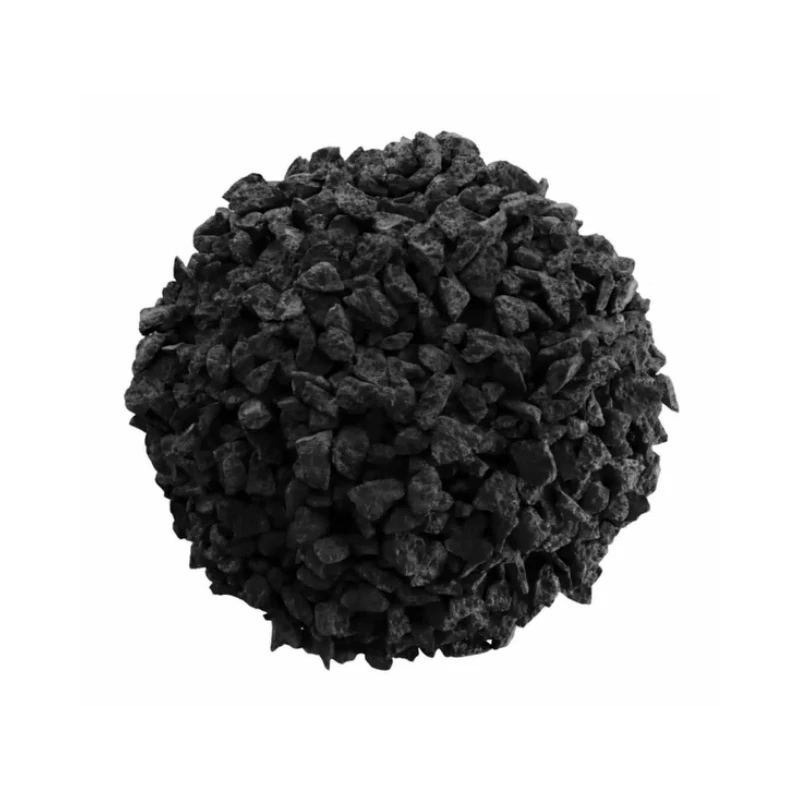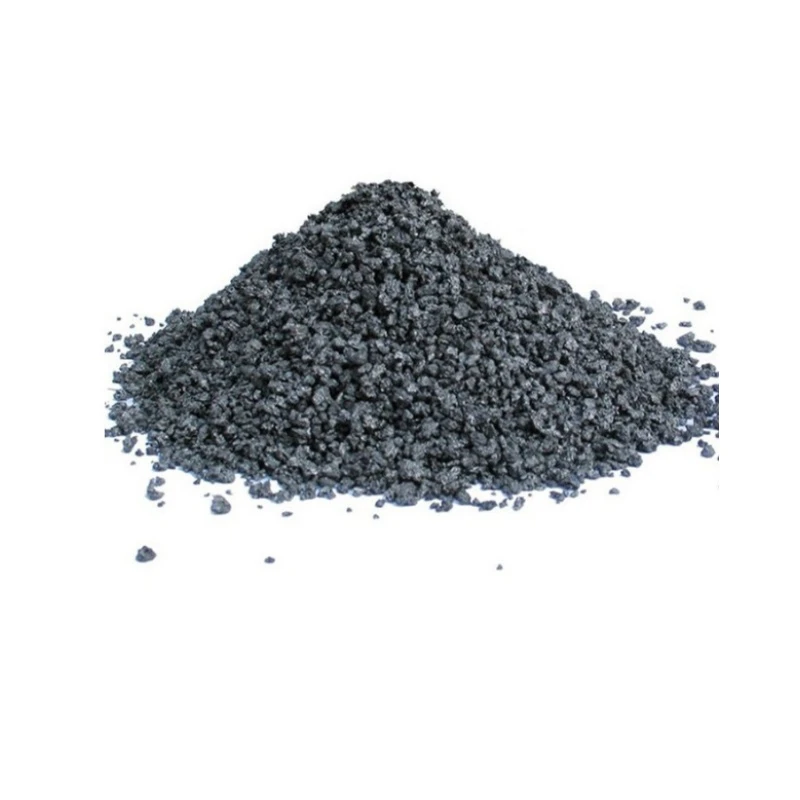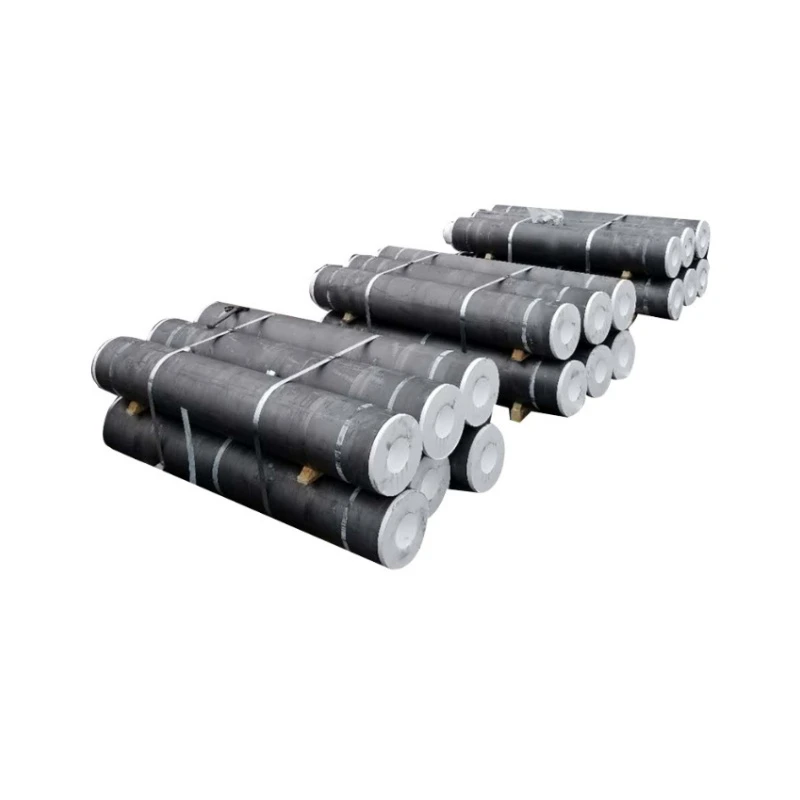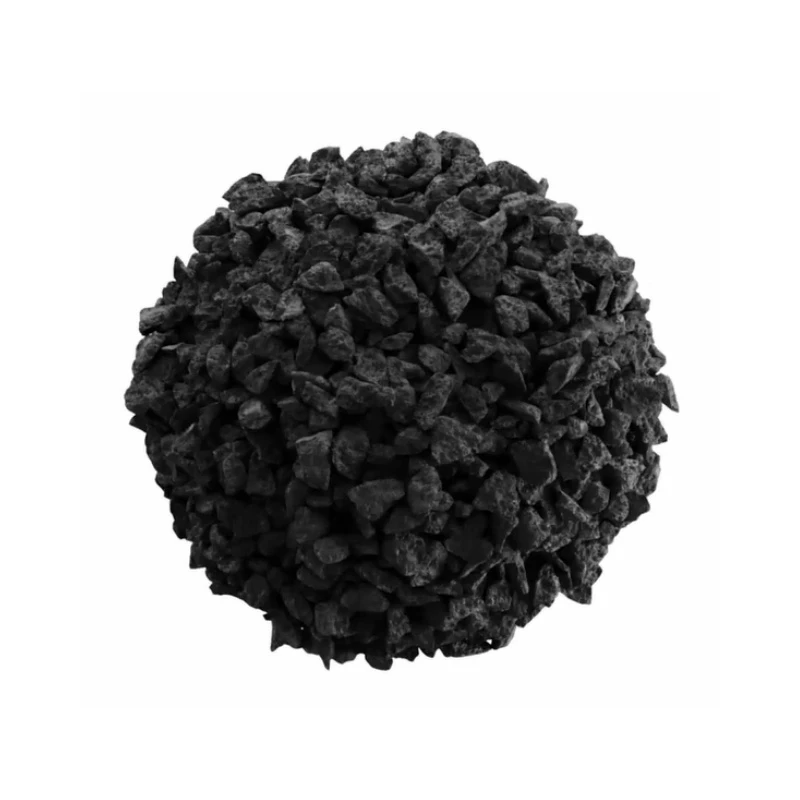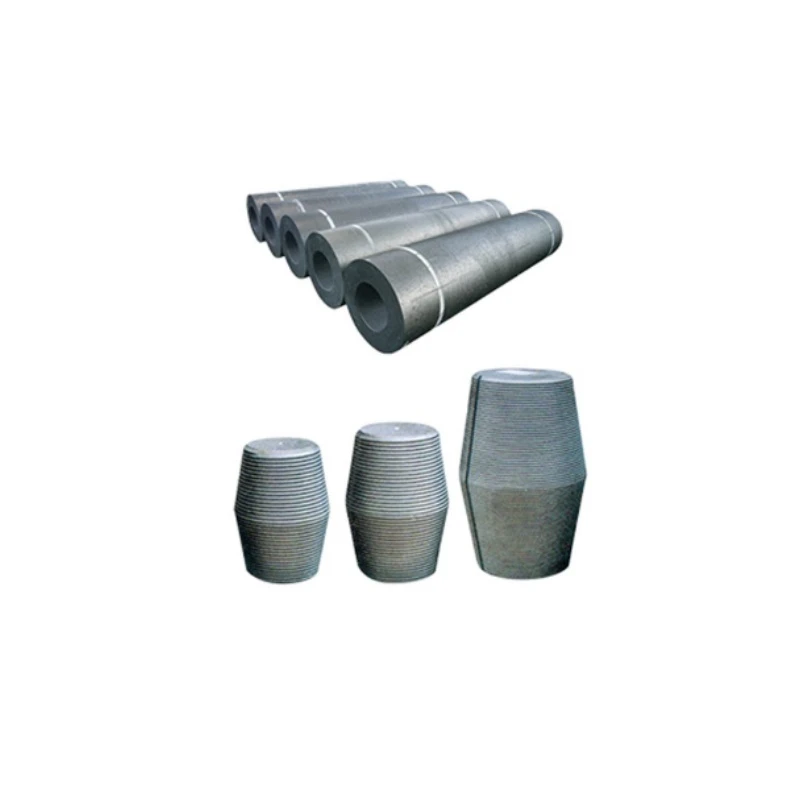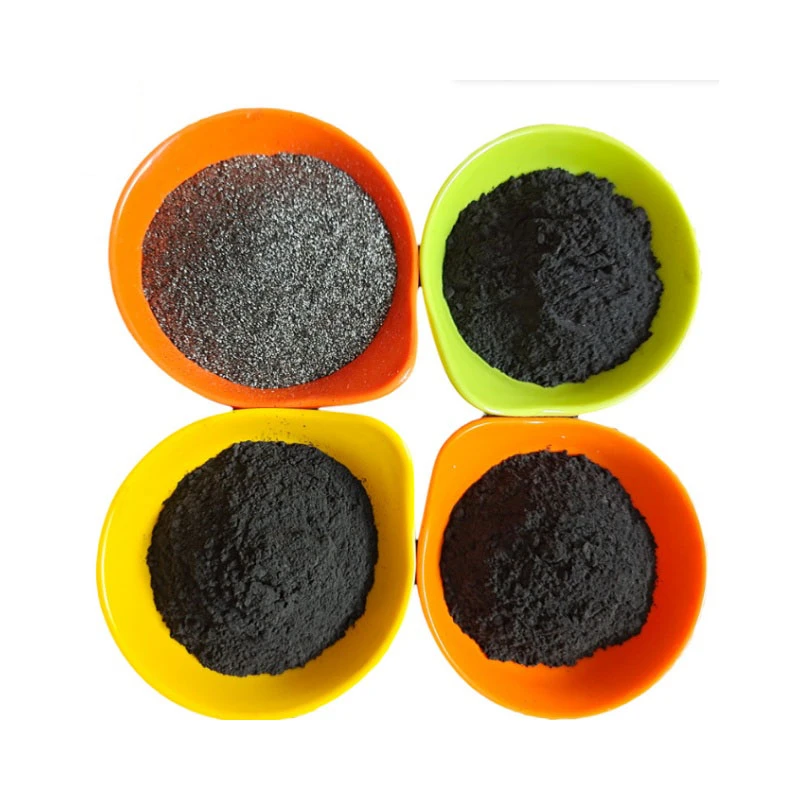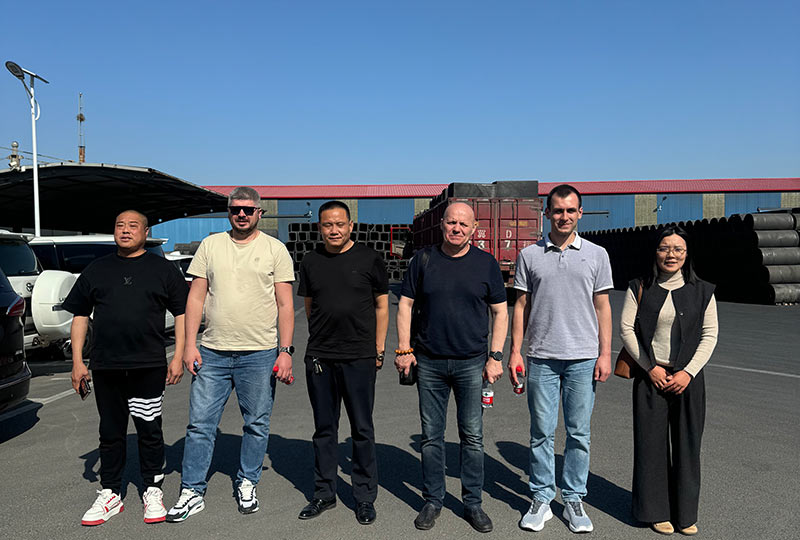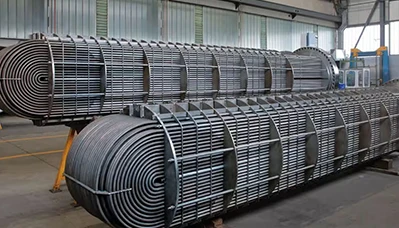- Englist


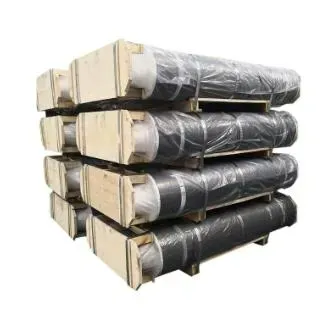
The Critical Role of Graphite Rods in Advanced Electrolytic Processes
In the realm of modern industrial chemistry and metallurgy, the efficiency and purity of electrolytic processes hinge significantly on the quality of electrode materials. Among these, graphite rods for electrolysis stand out as a cornerstone component, indispensable across a spectrum of applications from chlor-alkali production to non-ferrous metal refining. Their unique combination of electrical conductivity, thermal stability, and chemical inertness in harsh environments makes them the material of choice for demanding electrochemical operations. This article delves into the intricate details of their manufacturing, technical specifications, diverse applications, and the inherent advantages they offer to B2B decision-makers seeking to optimize their industrial processes. Understanding the nuances of these advanced graphite solutions is crucial for achieving superior operational efficiency and product purity, ultimately driving down costs and enhancing overall productivity in critical industries.
The global market for graphite electrodes, particularly those designed for electrolysis, is witnessing sustained growth, driven by increasing demand in industries such as aluminum and chlorine production. Reports from industry analysts indicate a steady CAGR for this segment, reflecting the ongoing expansion and modernization of these foundational sectors. With stringent environmental regulations pushing for cleaner and more efficient processes, the demand for high-performance electrode materials continues to escalate. Manufacturers are investing heavily in R&D to produce electrodes with improved lifespans and lower energy consumption, addressing both economic and ecological imperatives. This trend underscores the strategic importance of selecting optimal graphite rods for electrolysis to maintain competitiveness and comply with evolving industry standards.
Manufacturing Precision: From Raw Material to High-Performance Electrode
The creation of high-quality graphite rods for electrolysis is a meticulous multi-stage process that begins with the careful selection of raw materials. Typically, this involves high-purity petroleum coke, needle coke, and coal tar pitch, chosen for their low ash content and excellent graphitization properties. The manufacturing journey commences with calcination, where raw coke is heated to over 1300°C to remove volatile matter and improve its density and electrical conductivity. This calcined coke is then crushed and precisely milled into fine particles, which are subsequently mixed with coal tar pitch to form a paste. This intricate blend is then kneaded to achieve homogeneity, a critical step that influences the final product's structural integrity and performance characteristics.
Following the mixing stage, the paste is extruded or molded into specific shapes, which are then baked in large furnaces at temperatures exceeding 800°C. This baking process solidifies the binding pitch and densifies the material, transforming it into carbon electrodes. The most crucial step, graphitization, then takes place, heating the carbon electrodes to exceptionally high temperatures, often over 2800°C, in a special graphitization furnace. This extreme thermal treatment converts the amorphous carbon into crystalline graphite, imparting the superior electrical and thermal conductivity, as well as chemical stability, that defines quality graphite rods for electrolysis. Finally, the graphitized electrodes undergo precision CNC machining to achieve the exact dimensions and surface finish required for specific applications, including the threading for nipples on products like the Electrode UHP/HP/RP Dia 300mm 400mm 500mm Graphite Electrode with Nipple. Strict quality control, often adhering to ISO 9001 and ANSI standards, is maintained throughout to ensure product consistency and reliability. The base material, often referred to as graphite block material during early stages, undergoes significant transformation to meet the demanding requirements of industrial electrolysis.
Technical Parameters and Performance Benchmarks
The performance of graphite rods for electrolysis is quantifiable through a range of critical technical parameters that directly impact their efficiency and longevity in industrial operations. These parameters are crucial for engineers and procurement specialists in selecting the appropriate grade and size for their specific electrolytic cells. Key indicators include electrical resistivity, which determines energy consumption; flexural strength, indicating resistance to mechanical stress and thermal shock; and bulk density, reflecting the material's compactness and porosity. Low ash content is paramount for preventing contamination in high-purity electrolytic processes.
For electrodes like the Electrode UHP/HP/RP Dia 300mm 400mm 500mm Graphite Electrode with Nipple, distinctions such as UHP (Ultra High Power), HP (High Power), and RP (Regular Power) signify varying levels of purity, density, and electrical conductivity, designed for different operational intensities and current densities. UHP electrodes, for instance, boast exceptionally low resistivity and high thermal shock resistance, making them ideal for high-current density applications where efficiency is paramount. Understanding these specifications is key to optimizing energy consumption and extending the service life of the electrodes, thus reducing operational expenditure and enhancing the overall return on investment for industrial clients.
| Parameter | UHP Grade | HP Grade | RP Grade | Unit |
|---|---|---|---|---|
| Electrical Resistivity | ≤ 5.0 | ≤ 6.5 | ≤ 8.0 | µΩ·m |
| Bulk Density | ≥ 1.70 | ≥ 1.67 | ≥ 1.63 | g/cm³ |
| Flexural Strength | ≥ 12.0 | ≥ 10.0 | ≥ 8.0 | MPa |
| Modulus of Elasticity | ≥ 10.0 | ≥ 9.0 | ≥ 8.0 | GPa |
| Ash Content | ≤ 0.03 | ≤ 0.05 | ≤ 0.3 | % |
Applications Across Industries: Where Graphite Electrodes Drive Innovation
The versatility and robust performance of graphite rods for electrolysis make them indispensable across a wide array of heavy industries. In the petrochemical sector, they are crucial for various electrochemical synthesis processes, enabling the production of essential chemicals with high purity and yield. The metallurgical industry, particularly in the production of aluminum via the Hall-Héroult process, relies heavily on these electrodes for their ability to withstand the extreme temperatures and corrosive cryolite baths. Their high electrical conductivity ensures efficient current transfer, which is critical for the energy-intensive process of aluminum smelting, contributing to significant energy savings over alternative materials.
Furthermore, in the chlor-alkali industry, graphite anodes (a specific form of graphite rods for electrolysis) are vital for the production of chlorine gas, caustic soda, and hydrogen, all foundational chemicals for numerous other industrial processes. The resistance of graphite to highly corrosive chlorine environments ensures a long service life and consistent product quality. Beyond these major applications, graphite electrodes find use in specialized areas such as electro-refining, electrowinning of metals, and even in advanced water treatment facilities employing electrochemical methods for purification and disinfection. For niche applications like decorative and industrial coatings, principles similar to graphite powder electroplating are utilized, where fine graphite particles or electrodes facilitate the deposition process. The continuous innovation in graphite material science further expands their utility, offering robust solutions for emerging electrochemical technologies.

Key Advantages and Custom Solutions for Optimal Performance
Choosing premium graphite rods for electrolysis offers several distinct advantages that directly translate into operational efficiencies and cost savings for industrial clients. Foremost among these is their superior electrical conductivity, which minimizes energy losses during electrolysis, leading to lower power consumption and reduced utility bills. Their excellent thermal shock resistance allows them to endure rapid temperature fluctuations without cracking or spalling, ensuring longer operational lifespans and less frequent replacements. This durability is further enhanced by their remarkable chemical inertness, making them highly resistant to corrosion from aggressive electrolytes, acids, and bases prevalent in many industrial processes.
Furthermore, the low impurity content, especially in UHP and HP grades, prevents contamination of the end products, which is critical in industries requiring high-purity outputs like semiconductor manufacturing materials or pharmaceutical intermediates. Manufacturers capable of delivering products like the Electrode UHP/HP/RP Dia 300mm 400mm 500mm Graphite Electrode with Nipple also offer extensive customization options. This includes tailoring electrode dimensions, specific surface treatments, and even custom formulations to meet unique process requirements. Such bespoke solutions ensure optimal fit, performance, and compatibility with existing infrastructure, maximizing the efficiency of the electrolytic cells. Leveraging a manufacturer with significant service years and adherence to stringent certifications like ISO 14001, in addition to ISO 9001, provides an added layer of assurance regarding product quality and environmental responsibility.
Frequently Asked Questions (FAQ)
-
Q1: What significantly impacts the service life of graphite rods for electrolysis?
A1: The service life is primarily influenced by operating conditions such as current density, electrolyte composition, temperature, and mechanical stress. The quality of the electrode material itself, including its density, purity, and thermal shock resistance, also plays a crucial role. Proper handling, storage, and precise installation are equally important to maximize longevity and prevent premature failure. -
Q2: What is the difference between UHP, HP, and RP graphite electrodes?
A2: UHP (Ultra High Power), HP (High Power), and RP (Regular Power) denote the quality and performance capabilities of the electrodes. UHP electrodes have the highest purity, density, and lowest electrical resistivity, designed for extremely high current densities and demanding operations. HP electrodes offer a balance of performance and cost for high-power applications, while RP electrodes are suitable for lower power, less stringent electrolytic processes. -
Q3: What are the typical delivery lead times and warranty periods for graphite electrodes?
A3: Delivery lead times for standard graphite electrode sizes like Dia 300mm, 400mm, 500mm can range from 4-8 weeks, depending on order volume and specific requirements. Custom orders may require longer lead times. Reputable manufacturers typically offer a standard warranty against manufacturing defects, often covering a period of 12-24 months from the date of delivery, subject to proper handling and usage conditions outlined in their terms. Comprehensive technical support and customer service are also provided to ensure smooth integration and operation.
Conclusion: The Future of Electrolysis with Advanced Graphite Solutions
The demand for efficient, durable, and high-purity graphite rods for electrolysis continues to grow, driven by the expansion of foundational industries and the advent of new electrochemical technologies. As industries strive for greater energy efficiency and reduced environmental impact, the role of advanced graphite materials becomes even more critical. Suppliers who invest in cutting-edge manufacturing processes, rigorous quality control, and innovative material science are best positioned to meet these evolving demands. Selecting a partner with a proven track record in producing specialized products like the Electrode UHP/HP/RP Dia 300mm 400mm 500mm Graphite Electrode with Nipple ensures access to superior technology, comprehensive support, and tailored solutions.
The continuous development in graphite technology promises even more robust and cost-effective solutions for the future. From enhancing electrode lifespan to improving energy transfer efficiency, the innovations in graphite block material and processing techniques will continue to push the boundaries of what is possible in industrial electrolysis. For B2B decision-makers, investing in high-quality graphite electrodes is not merely a procurement choice but a strategic decision that underpins operational excellence, sustainability, and long-term profitability.
References
- Smith, J. (2022). "Advances in Graphite Electrode Manufacturing for Industrial Applications." Journal of Electrochemical Society, Vol. 169, No. 5.
- Chen, L. & Zhang, Y. (2021). "Impact of Material Purity on Graphite Electrode Performance in Chlor-Alkali Electrolysis." Electrochimica Acta, Vol. 390.
- International Graphite Institute. (2023). "Global Graphite Electrode Market Outlook 2023-2028." Industry Report.
- Brown, K. (2020). "Energy Efficiency Improvements in Aluminum Smelting via Electrode Optimization." Metallurgical Transactions B, Vol. 51B, Issue 3.
- Wang, H. & Lee, S. (2019). "Corrosion Resistance of Graphite Electrodes in Aggressive Electrolytic Environments." Corrosion Science, Vol. 158.





 Pervious
Pervious
 Next
Next
